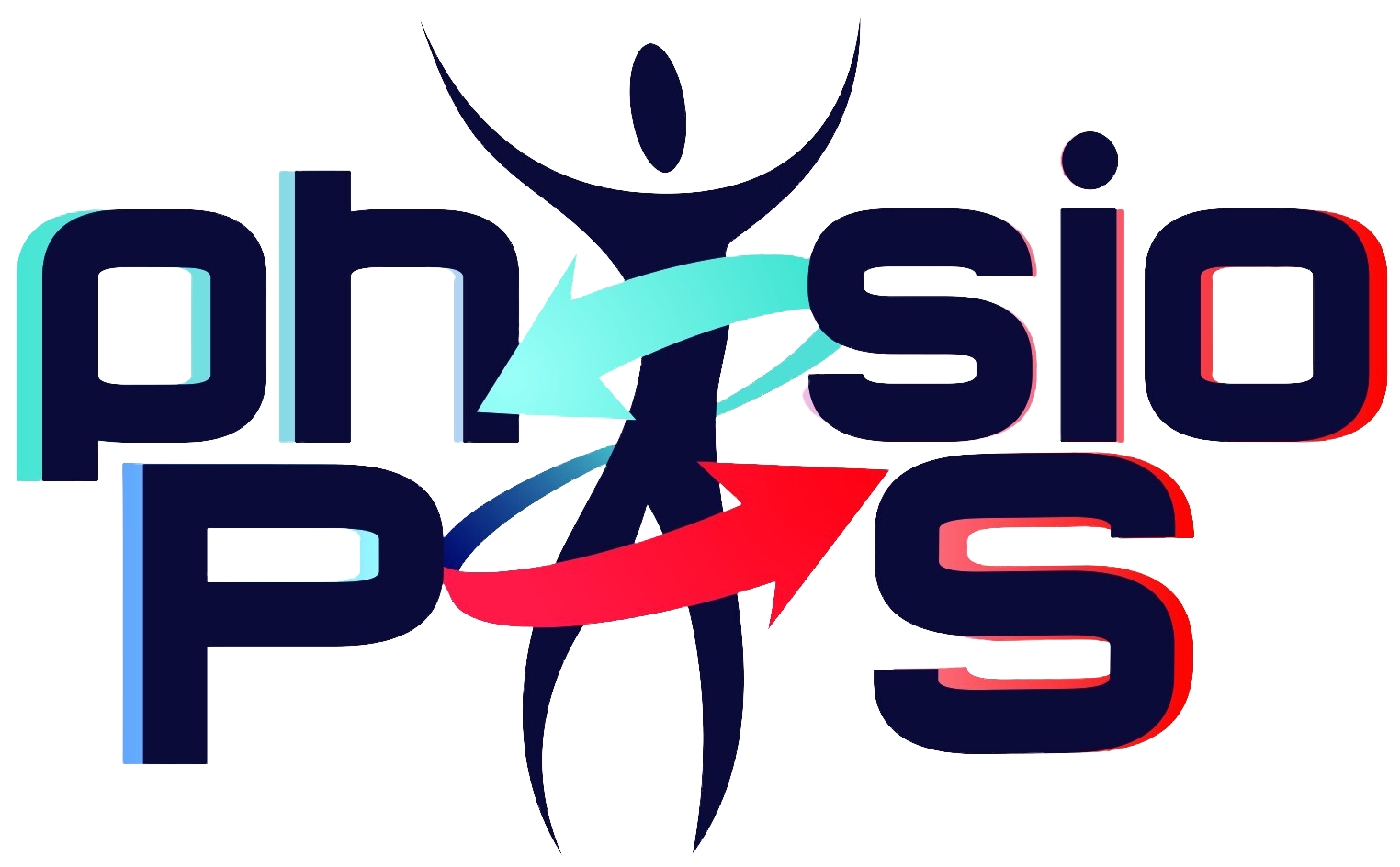The Science
BOOKS, ARTICLES, PUBLICATIONS, AND RESEARCH
Autonomic Nervous System Monitoring: Failed Clinical Utility
The Importance of Parasympathetic Monitoring
As the title may suggest, the use of ANS monitoring may not lead to accurate clinical diagnoses and treatment for many ailments using other technologies available to healthcare professionals. What is missing from this title is the fact that without measuring the Parasympathetic nervous system in total and independently, a correct diagnosis would not be provided. This problem exists in the industry through HRV (Heart Rate Variability) btb-readings, such as btb-Blood Pressure, Pulse Wave Velocity, and more.
The Importance of ALA in Maintaining Antioxidant Balance
OXIDATIVE STRESS: Alpha Lipoic Acid & Coenzyme Q-10
Oxidative stress is a process whereby Free Radicals that are produced by the body cause injury to the tissues themselves; especially one of the most important organelles in the cell, the organelle that produces energy, The Mitochondria. Oxidation is the process of burning, think of fire, or rusting, think of iron.
Cardiac Autonomic Testing And Diagnosing Heart Disease. “A Clinical Perspective” 1 Of 2
Coronary heart disease (CHD) is a major health concern, affecting nearly half the middle-aged population and is responsible for nearly one-third of all deaths. Clinicians have responsibilities beyond diagnosing CHD, including risk stratification of patients for major adverse cardiac events (MACE), modifying the risks, and treating the patient. In this first of a two-part review, identifying risk factors is reviewed, including more potential benefits from autonomic testing.
Cardiac Autonomic Testing And Treating Heart Disease. “A Clinical Perspective” 2 Of 2
Improved Patient Outcomes By Normalizing Sympathovagal Balance: Differentiating Syncope—precise Subtype Differentiation Leads To Improved Outcomes
Noninvasive Monitoring Of The Autonomic Nervous System And Hemodynamics Of Patients With Blunt And Penetrating Trauma
Routine Measurements Of Cardiac Parasympathetic And Sympathetic Nervous Systems Assists In Primary And Secondary Risk Stratification And Management Of Cardiovascular Clinic Patients
Differential Effects of Adrenergic Antagonists (Carvedilol vs. Metoprolol) on Parasympathetic and Sympathetic Activity: A Comparison of Measures 1 of 2
Differential Effects of Adrenergic Antagonists (Carvedilol vs. Metoprolol) on Parasympathetic and Sympathetic Activity: A Comparison of Clinical Results 2 of 2
Cardiovascular autonomic neuropathy (CAN) is recognized as a significant health risk, correlating with the risk of heart disease, silent myocardial ischemia, or sudden cardiac death. Beta-blockers are often prescribed to minimize risk.



